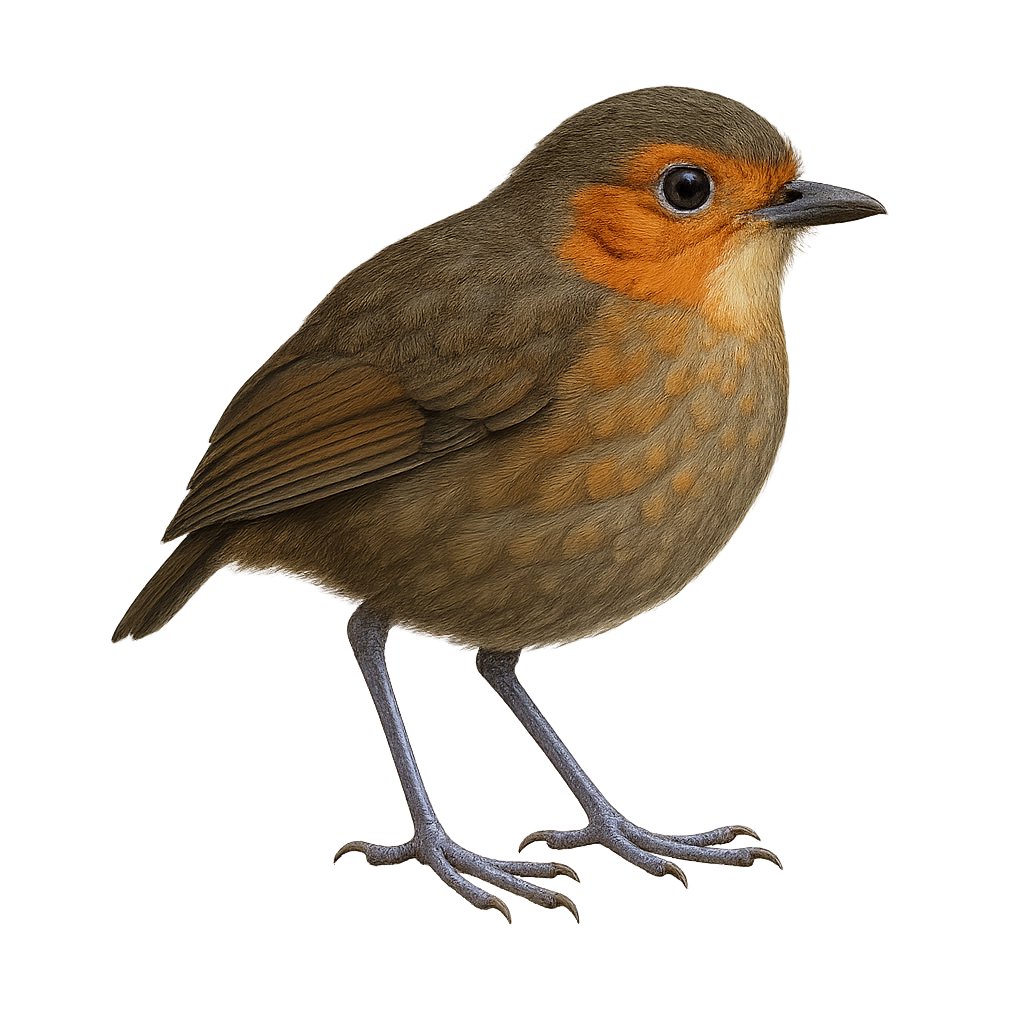Your wildlife photography guide.
Explore the rufous-headed antpitta in detail, study its behavior, prepare your shots.
Where to observe and photograph the rufous-headed antpitta in the wild
Learn where and when to spot the rufous-headed antpitta in the wild, how to identify the species based on distinctive features, and what natural environments it inhabits. The WildlifePhotographer app offers tailored photography tips that reflect the rufous-headed antpitta’s behavior, helping you capture better wildlife images. Explore the full species profile for key information including description, habitat, active periods, and approach techniques.
Rufous-headed Antpitta
Scientific name: Grallaria erythrotis

IUCN Status: Near Threatened
Family: GRALLARIIDAE
Group: Birds
Sensitivity to human approach: Suspicious
Minimum approach distance: 10 m
Courtship display: October to November
Incubation: 17-19 jours
Hatchings: October to December
Habitat:
Humid forests, dense undergrowth, Andean mountains
Activity period :
Primarily active during the day, with peak activity in the morning and late afternoon.
Identification and description:
The Rufous-headed Antpitta is a discreet and fascinating bird inhabiting the humid forests of the Andes. This small bird, about 18 cm long, is easily recognizable by its distinct rufous head, contrasting with its olive-brown body. It prefers dense undergrowth where it primarily feeds on insects and other small invertebrates. Although difficult to observe due to its shy behavior and dense habitat, its melodious song is often heard at dawn and dusk. Conservation efforts are crucial for this species as deforestation threatens its natural habitat.
Recommended lens:
400 mm – adjust based on distance, desired framing (portrait or habitat), and approach conditions.
Photography tips:
To photograph the Rufous-headed Antpitta, it is advisable to use a 400mm or longer telephoto lens to capture detailed images without disturbing the bird. Look for dense undergrowth areas where it is likely to forage. Be patient and listen for its distinctive song to locate its position. Natural morning or afternoon light is ideal for high-quality photos. Avoid sudden movements and maintain a safe distance to prevent scaring it away.
The WildlifePhotographer App is coming soon!
Be the first to explore the best nature spots, track rutting seasons, log your observations, and observe more wildlife.
Already 1 430 wildlife lovers subscribed worldwide

